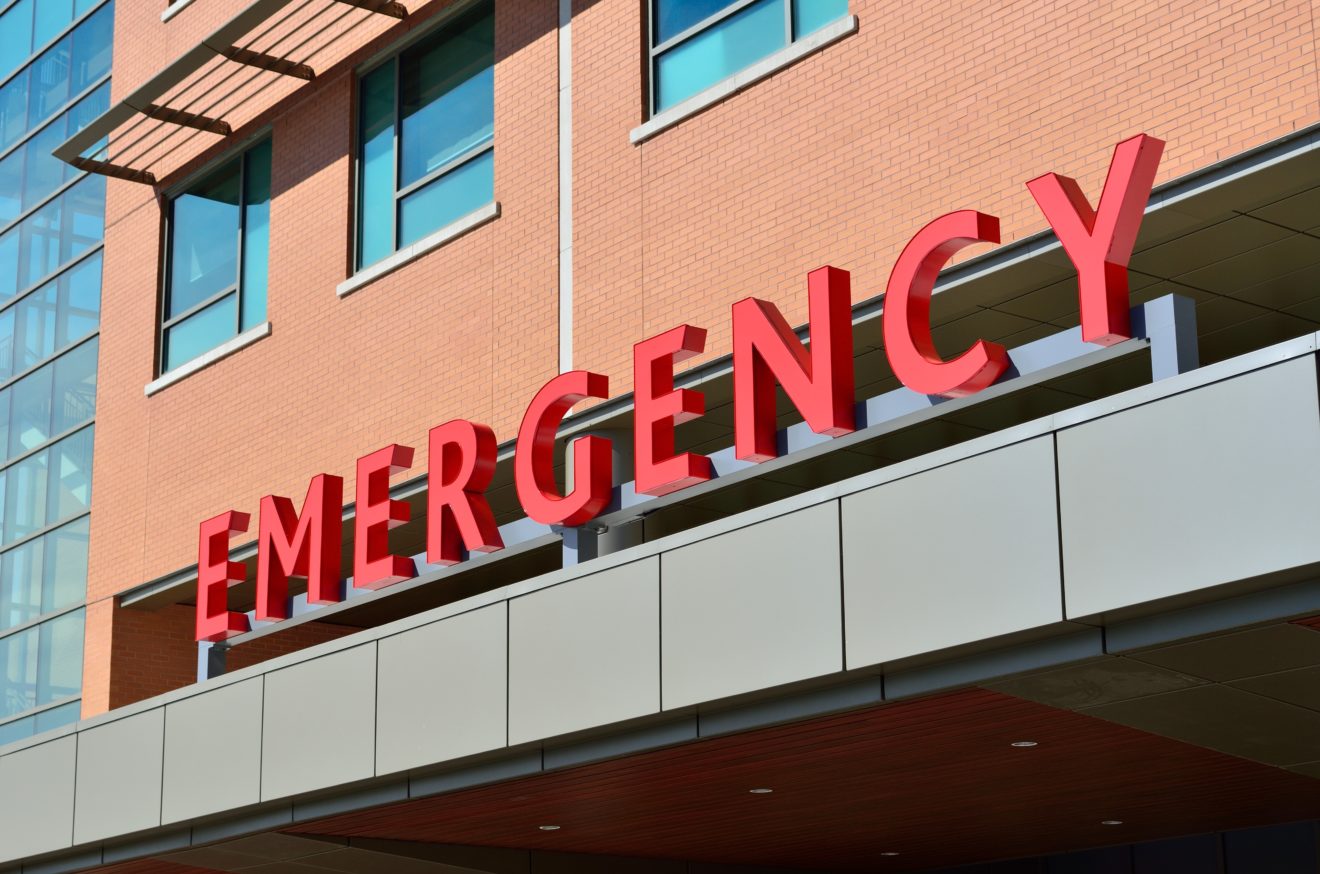This article was originally published by CTV News on July 28, 2021. You can read the full article below or read the original article (with video) here.
CALGARY — The union representing Alberta’s paramedics is calling attention to a shortage of ambulances and compounding issues with the provincial EMS system that continue to see response times decrease substantially.
According to the Health Sciences Association of Alberta (HSAA), the City of Calgary alone is seeing a record number of red alert calls, meaning no ambulances were available to attend an emergency within city limits.
New data shows that in 2018, there were 91,458 seconds (1.059 days) where zero units were made available to respond to a call.
Fast forward to 2020 and that number more than tripled to 342,462 seconds (3.964) under a red alert status.
“This problem didn’t start last week or last year, it started when Alberta Health Services (AHS) took over EMS systems across this province and began reducing the number of ambulances over 10 years ago,” said Mike Parker, president of the Health Sciences Association of Alberta (HSAA).
“AHS has never been able to match call volume with resource levels within this province, and that continued pressure, with a five or six per cent call volume increase every year and zero resources being added, puts us 10 years behind.”
Parker added that AHS regularly dispatches the nearest crew to calls at the time of an emergency, but the shortage of ambulances means that some trucks are still a great distance away from their final location.
“AHS will deny that it’s a code red because there was an ambulance coming, but it just happened to be coming from 45 kilometers away in Kananaskis, Red Deer or even further so this is the game that’s played.”
HSAA says many of its paramedics are now regularly working past their mandated 12 hour shifts with two to upwards of 20 ambulances going unfilled every work day.
The stress of the COVID-19 pandemic and the ongoing opioid crisis is continuing to prompt union representatives like Parker to call on the government for better assistance.
“Someone needs to step in and do the right thing here,” he said.
“It’s directly related to the closure of safe consumption sites. We’ve talked about the COVID impacts and we are now from what I’m seeing, moving our way towards what might be declared the fourth wave this fall. These are all impacts to our healthcare system.”
‘Stretched thin’: Calgary Firefighters’ Association
When paramedics are unable to respond to a major emergency call, firefighters are called in to provide medical support while they wait for an ambulance to arrive.
“Ambulances being delayed mean that we’re on scene, providing patient care for longer, and those patients aren’t getting to the hospital as fast as they should be,” said Matt Osborne, spokesperson for the Calgary Firefighters’ Association.
“Just the other day for example, a crew was responding to an opioid overdose in downtown Calgary and the closest ambulance was coming from Black Diamond so seconds matter in these situations and its life and death.”
Osborne added that fire crews are reaching a point of exhaustion as they respond to more than 60,000 calls annually, the majority of which are medical-related.
Paramedics and firefighters also regularly work shoulder to shoulder as frontline workers are calling on the province to provide them with the right number of people and resources to fill the gaps.
One of the most frustrating experiences for Osbourne’s team has been the centralization of EMS dispatch in Alberta, which he says is plaguing response times due to direct delay in communication.
“When we used to have a public safety communication dispatch that was for Calgary, you had paramedic dispatchers sitting right beside each other,” Osborne said.
Now, the fire dispatchers need to call to talk to those EMS dispatchers to get the information and the cost of this is people’s lives.”
AHS responds
Alberta Health Services provided the following statement to CTV News:
“EMS is seeing an unprecedented increase in calls, due to several combined factors including an increase in heat and breathing/smoke-related calls, opioid concerns and emergency calls related to people returning to pre-pandemic-levels of activity. All call types have increased.”
“EMS has brought on additional staff and ambulances, is deploying supervisors and delaying some non-urgent transfers. EMS is also working closely with hospital teams to ensure timely flow through our emergency departments. EMS is offering overtime to staff who are willing. EMS staff are working extremely hard to provide timely care to Alberta patients and we thank them for their tireless service.”
“EMS operates a provincial, borderless system and while ambulances may be based in a community, they may also assist patients in a wider area. EMS monitors ambulance availability and location in real time and ensures resources are always available to respond to emergencies.”
“Anyone who needs EMS care will receive it. We are ensuring that the most critical patients are prioritized for receiving immediate care.”
“EMS recommends Albertans evaluate the healthcare options available to them including calling 811 or a family doctor with questions or non-urgent medical issues and using emergency departments or urgent care as needed.”
